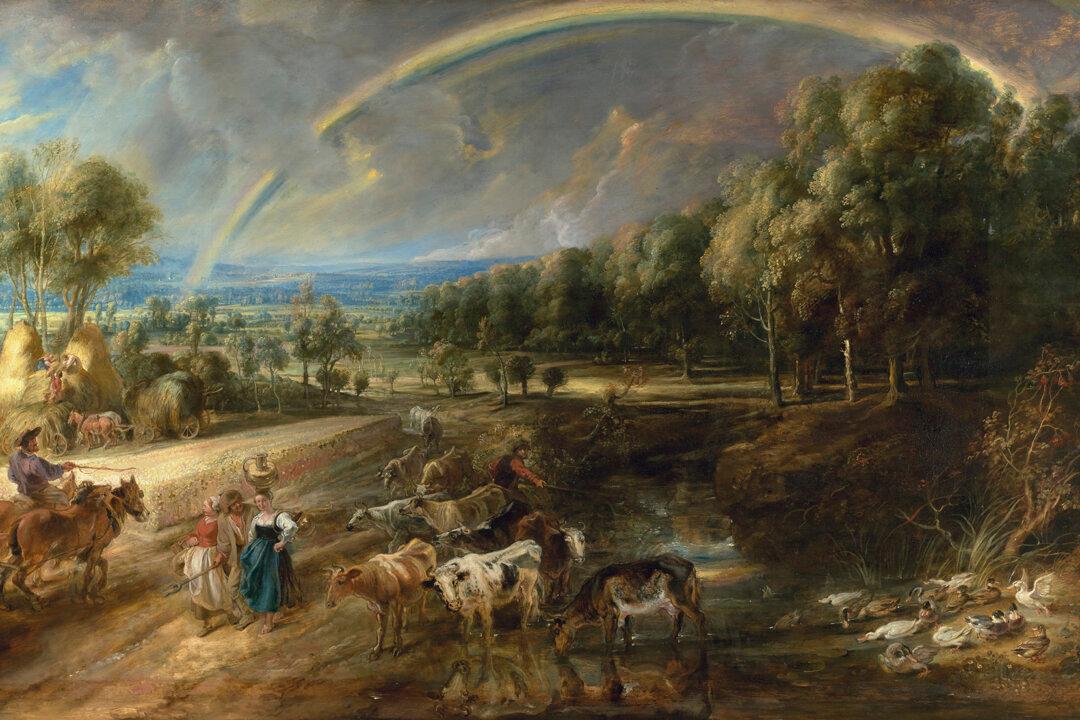Preeminent Flemish baroque painter Peter Paul Rubens famously painted dynamic and dramatic, action-packed religious and mythological paintings. He used ancient classical wisdom within his paintings to portray the turmoil and peace unfolding in his own time. Among his masterpieces he also created portraits and landscapes, mostly commissioned pieces, but his particular passion and pleasure was landscape painting.
During his twilight years of semi-retirement until his death, Rubens took immense pleasure in watching rural life play out on his country estate. He captured these perhaps mundane moments by creating idealized landscapes that truly captivated and inspired viewers and artists alike.






